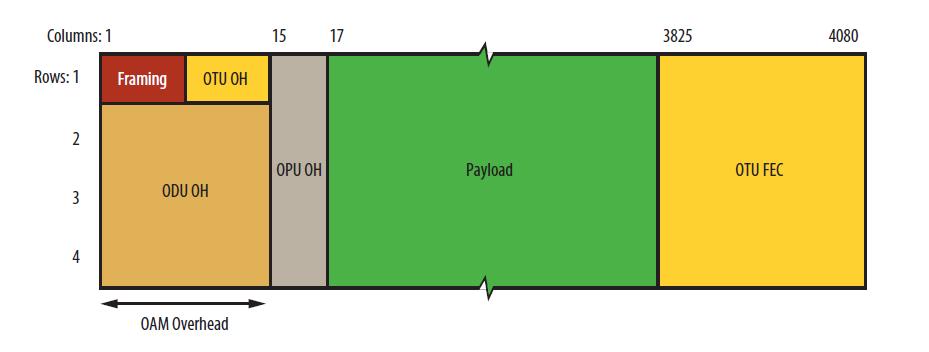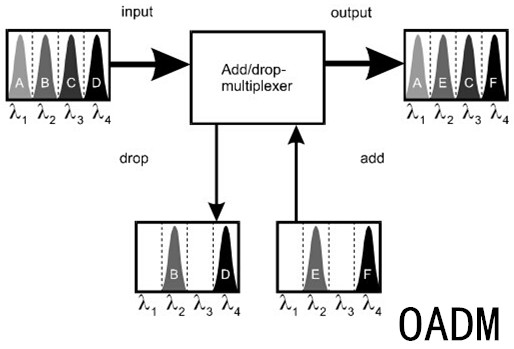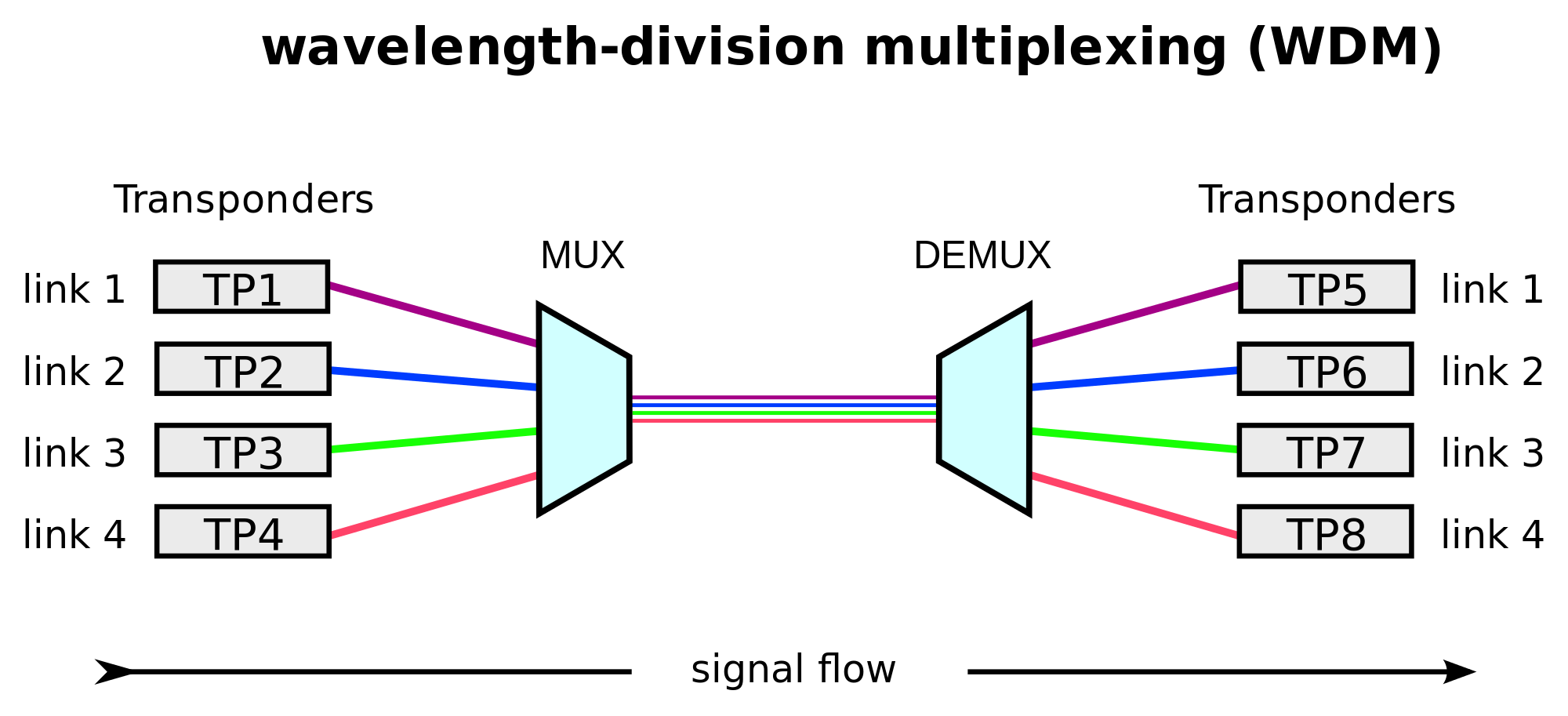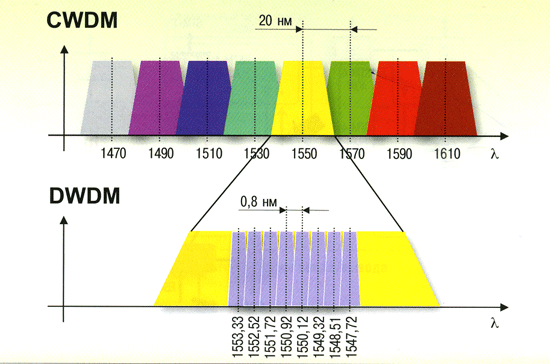Nowadays, the SONET/SDH network is an universal network that combines with WDM (wavelength division multiplexing) technique to transmit multiple optical signals over a single fiber. In future networking, high speed transmission is no doubt the migration trend. Inspired by the SONET/SDH network, ITU-T (ITU Telecommunication Standardization Sector) has defined the optical transport network (OTN) to achieve a more cost-effective high speed network with the help of WDM technology.
Generally speaking, OTN is a network interface protocol put forward in ITU G.709. OTN adds OAM (operations, administration and maintenance) functionality to optical carriers. It allows network operators to converge networks through seamless transport of the numerous types of legacy protocols, while providing the flexibility required to support future client protocols. Unlike the previous SONET/SDH, OTN is a fully transparent network that provides support for optical networking on a WDM basis. Since multiple data frames have been wrapped together into a single entity in OTN, it is also known as the “digital wrapper”.
You may wonder how OTN works in practice. Actually, its working structure and format very resemble the SONET/SDH network. Six layers are included in the OTN network: OPU (optical payload unit), ODU (optical data unit), OTU (optical transport unit), OCh (optical channel), OMS (optical multiplex section) and OTS (optical transport section).
OPU, ODU and OTU are the three overhead areas of OTN frame. OPU is similar to the “path” layer of SONET/SDH, which provides information on the type of signal mapped into the payload and the mapping structure. ODU resembles the “line overhead” layer of SONET/SDH, which adds the optical path-level monitoring, alarm indication signals, automatic protection switching bytes and embedded data communications channels. OTU is like the “section overhead” in SONET/SDH, and it represents a physical optical port that adds performance monitoring and FEC (forward error correction). OCh is for the conversion of electrical signal to optical signal and modulates the DWDM wavelength carrier. OMS multiplexes several wavelengths in the section between OADMs (optical add drop multiplexer). OTS manages the fixed DWDM wavelengths between each of the in-line optical amplifier units.

There are many advantages of OTN. Firstly, it separates the network against uncertain service by providing transparent native transport of signals encapsulating all client-management information. Secondly, it performs multiplexing for optimum capacity utilization which enhances network efficiency. Thirdly, it improves maintenance capability for signals transmitting through multi-operator networks by providing multi-layer performance monitoring.
With the fast evolution of networking, OTN standard is able to reach a higher speed service. Its multiplexing hierarchy allows any OTN switch and any WDM platform to electronically groom and switch lower-rate services within 10 Gbps, 40 Gbps, or even 100 Gbps wavelengths. This eliminates the need for external wavelength demultiplexing and manual interconnects. OTN network is definitely the best solution for future high speed networking over long distance. The picture below shows the OTN mapping diagram for high speed transmission.

Over the years, OTN has never stopped improving itself. Driven by the needs for high speed transmission, OTN combined with WDM is obviously a better choice in networking. It is a cost-effective way to build an optical transport network accommodating high throughput broadband services. I believe more and more people will employ this standard in their own network in the near future.




